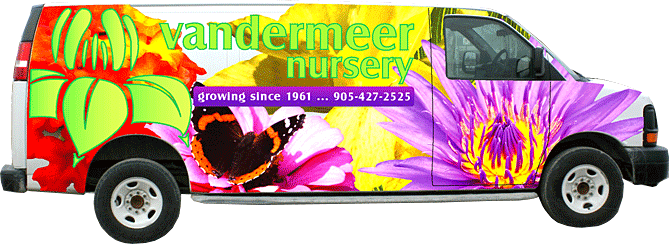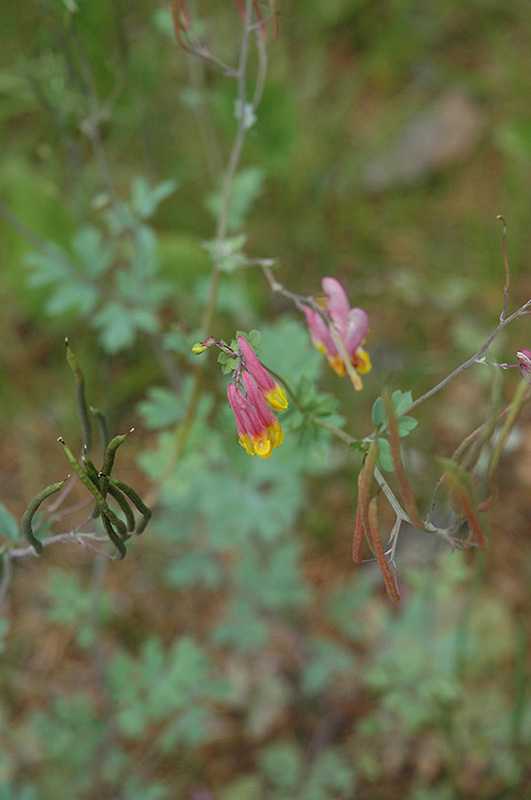VANDERMEER
PLANT LIBRARY
Find the perfect plant for your space by browsing through this extensive selection that we typically carry every year.
This library is for information purposes only.
Plant Height: 24 inches
Flower Height: 4 feet
Spread: 24 inches
Sunlight:
![]()
![]()
Hardiness Zone: 2a
Other Names: Rock Harlequin
Description:
This variety produces a profusion of delicate sprays of dainty pink flowers with yellow tips in spring, and will continue to bloom all summer; the soft blue-green foliage is airy and attractive; should be sited in cool, moist, partly shaded locations
Ornamental Features
Pale Corydalis has clusters of pink tubular flowers with yellow tips rising above the foliage from late spring to late summer, which are interesting on close inspection. Its attractive lobed compound leaves remain bluish-green in colour throughout the season.
Landscape Attributes
Pale Corydalis is an herbaceous biennial with an upright spreading habit of growth. It brings an extremely fine and delicate texture to the garden composition and should be used to full effect.
This plant will require occasional maintenance and upkeep, and should be cut back in late fall in preparation for winter. It is a good choice for attracting bees and butterflies to your yard, but is not particularly attractive to deer who tend to leave it alone in favor of tastier treats. Gardeners should be aware of the following characteristic(s) that may warrant special consideration;
- Self-Seeding
Pale Corydalis is recommended for the following landscape applications;
- Rock/Alpine Gardens
- Border Edging
- Naturalizing And Woodland Gardens
Planting & Growing
Pale Corydalis will grow to be about 24 inches tall at maturity extending to 4 feet tall with the flowers, with a spread of 24 inches. Its foliage tends to remain dense right to the ground, not requiring facer plants in front. It grows at a medium rate, and tends to be biennial, meaning that it puts on vegetative growth the first year, flowers the second, and then dies. However, this species tends to self-seed and will thereby endure for years in the garden if allowed.
This plant does best in full sun to partial shade. It is very adaptable to both dry and moist growing conditions, but will not tolerate any standing water. It is particular about its soil conditions, with a strong preference for poor, acidic soils. It is quite intolerant of urban pollution, therefore inner city or urban streetside plantings are best avoided, and will benefit from being planted in a relatively sheltered location. Consider applying a thick mulch around the root zone in winter to protect it in exposed locations or colder microclimates. This species is native to parts of North America.





